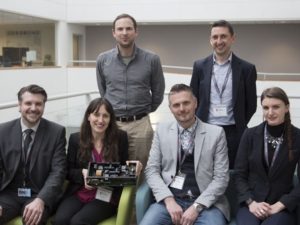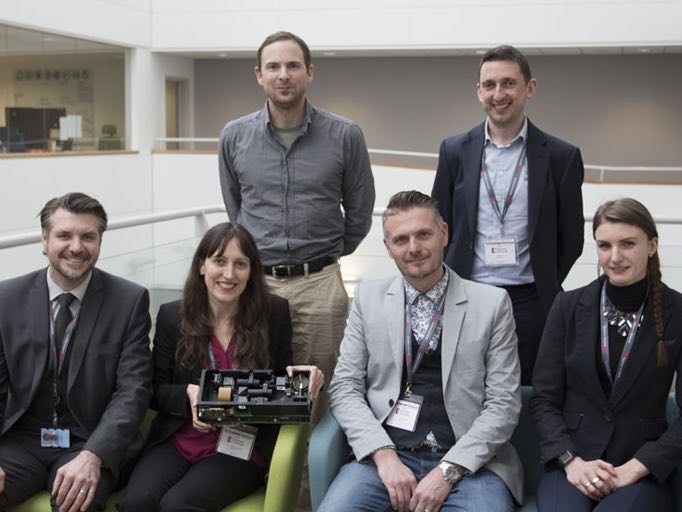 Today HPC startup Optalysys announced the successful completion of the Genetic Search System (GENESYS) project with the Earlham Institute. The GENESYS project, which was granted £0.5m in funding from Innovate UK, applied Optalysys’s unique optical processing technology to perform large-scale DNA sequence alignment.
Today HPC startup Optalysys announced the successful completion of the Genetic Search System (GENESYS) project with the Earlham Institute. The GENESYS project, which was granted £0.5m in funding from Innovate UK, applied Optalysys’s unique optical processing technology to perform large-scale DNA sequence alignment.
The collaboration with EI has been a great success,” said Dr. Nick New, founder and CEO of Optalysys. “We have demonstrated the technology at several international conferences including Advances in Genome Biology and Technology, Plant and Animal Genome Conference and Genome 10K/Genome Science, to an overwhelmingly enthusiastic response. We are looking forward to continuing our strong relationship with EI through the beta program and beyond.”
The collaboration set out to provide a scalable, energy-efficient solution to this challenging high-performance computing (HPC) task. The benchmark case study for the project aligned metagenomic reads sequenced from the Human Microbiome Project Mock Community (a well characterised microbial community) against a database consisting of 20 bacterial genomes totalling 64 million base pairs. The optical system exceeded the original targets delivering a 90 percent energy efficiency saving compared to the same test run on EI’s HPC cluster, with an accuracy comparable to the highly sensitive nucleotide form of BLAST, BLASTn (part of a family of Basic Local Alignment Search Tools used to compare query sequences with a library or database of sequences).
The project results also revealed the technology holds significant promise for long-read sequence alignment, where speed improvements of several orders of magnitude over conventional software algorithms are possible – as well as in Deep Learning, specifically convolutional neural networks (CNNs).
The technology resulting from this project is launching in February 2018 as a cloud-based platform to a closed beta program of a select group of genomic institutes including EI (UK), the University of Manchester (UK), the University of York (UK), Oregon State University (USA), and Zealquest Scientific Technology Co.,Ltd in cooperation with the Shanghai Bioinformatics Center, Chinese Academy of Science.
Genomic institutes are being faced with analysing more and more data, and it is really exciting that new technologies like the Optalysys optical processing platform can support bioinformaticians processing data accurately, at a low cost and at high speeds,“ said Dr. Daniel Mapleson, analysis pipelines project leader at EI who was the EI lead for the genomics tests during the project.
Jon Mitchener, innovation lead for emerging technologies, Innovate UK, said, “GENESYS is a project that not only exemplifies the R&D done (combining novel optical HPC and deep learning AI techniques with a really important health-screening application), but also the way that support from Innovate UK can help accelerate the move from a prototype towards commercial product launch for a high-potential British SME like Optalysys.”
Optalysys is developing optical computing platforms that will unlock new levels of processing capability at a fraction of the cost and energy consumption of conventional computers. Its first coprocessor is based on an established diffractive optical approach that uses low-power laser light in place of electricity. This inherently parallel method is highly scalable and will provide a new paradigm of computing.
In this RichReport slidecast, Dr. Nick New from Optalysys describes how the company’s optical processing technology delivers accelerated performance for FFTs and Bioinformatics.




